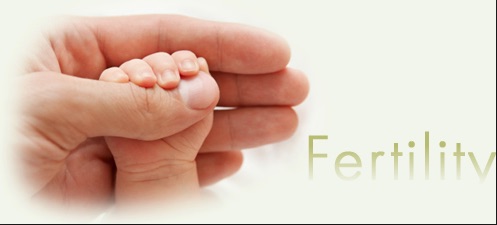by
– Infertility is defined as he inability to conceive after one year of unprotected intercourse or the inability to carry a pregnancy to live birth.
– 7.4 million women, or 11.9% of women, have ever received any infertility services in their lifetime.
– 1 in 8 couples (or 12% or married women) have trouble getting pregnant or sustaining a pregnancy.
– Approximately one-third of infertility is attributed to the female partner, one-third attributed to the male partner and one-third is caused by a combination of problems in both partners or, is unexplained.
– A couple ages 29-33 with a normal functioning reproductive system has only a 20-25% chance of conceiving in any given month. After six months of trying, 60% of couples will conceive without medical assistance.
– Approximately 44% of women with infertility have sought medical assistance. Of those who seek medical intervention, approximately 65% give birth.
– Approximately 85-90% of infertility cases are treated with drug therapy or surgical procedures. Fewer than 3% need advanced reproductive technologies like in vitro fertilization (IVF).
– The most recently available statistics indicate the live birth rate per fresh non-donor embryo transfer is 47.1% if the woman is under 35 years of age, and 37.9% if the woman is age 35-27.
– 1 in 7 marriages are between spouses of different ethnicities. And multiracial children have increased 50% in the past decade.
– Because your weight, health and lifestyle can all affect your fertility, it is important to make sure you are eating well, managing your weight, and exercising.
– If you are over the age of 35, the time of trying to conceive is reduced to 6 months.
– Not every woman has a 28 day cycle. Understanding how your cycle works will help you determine you most fertile days.
– Although a man’s reproductive system is not driven by hormones like the woman’s, it is far more complicated then one might suspect.
– Every sperm cycle last 90 days
– Approximately 30% of female infertility problems are the result of ovulation disorders.
– Premature ovarian failure is defined by the cessation of menstrual periods before the age of 40, and occurs in 1 in 1,000 women between the ages of 15 and 29, and 1 in 100 women between the ages of 30 and 39. The average age onset is 27 years.
– One in five couples will experience unexplained infertility.
– You are more likely to get pregnant if you have sex in five days or so before you ovulate.
– Tight shorts, cycling, heat are nor good for the sperm
– A Harvard study concluded that 55% of women who participated in mind and body programs got pregnant, compared to 20% who did not practice.
– Couples in their 30s having unprotected sex only have a 15% chance of conceiving each month.
– Research has found that men produce stronger sperm after they view heterosexual porn.
– Full-fat dairy decreases the risk of infertility, while low-fat products do not have those helpful high levels of estrogen and progesterone hormones.
– Obesity can affect ovulation
– Over 1 million women go to a fertility website to get advice daily.
– The use of laptops can impair sperm production.
– Oysters have a lot of concentration of Zinc, one of nature’s most fertile minerals.
Data taken from The National Infertility Association, The Bump Baby App, and the British Fertility Association.



Lo siento, debes estar conectado para publicar un comentario.